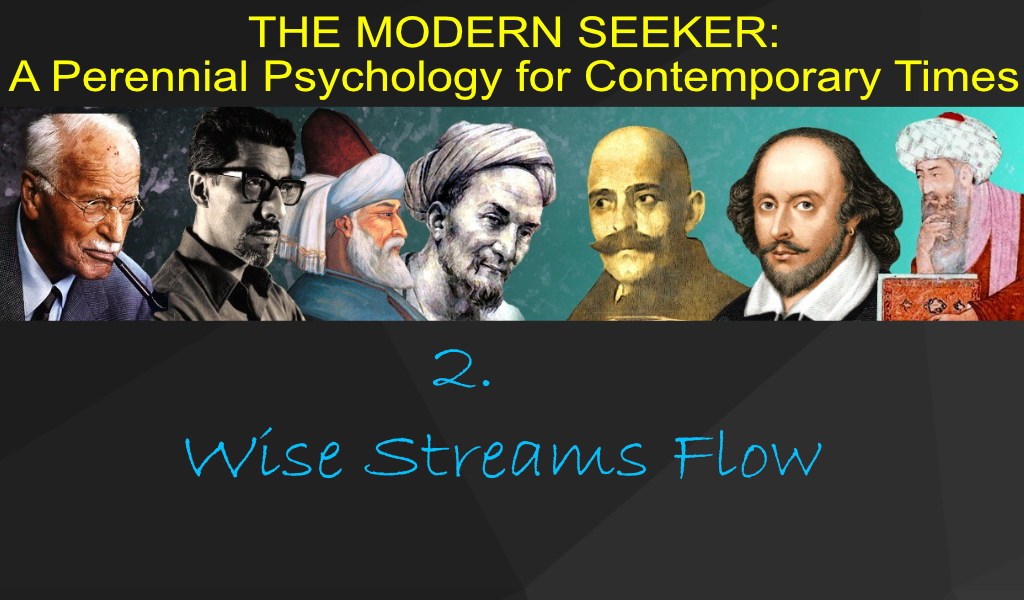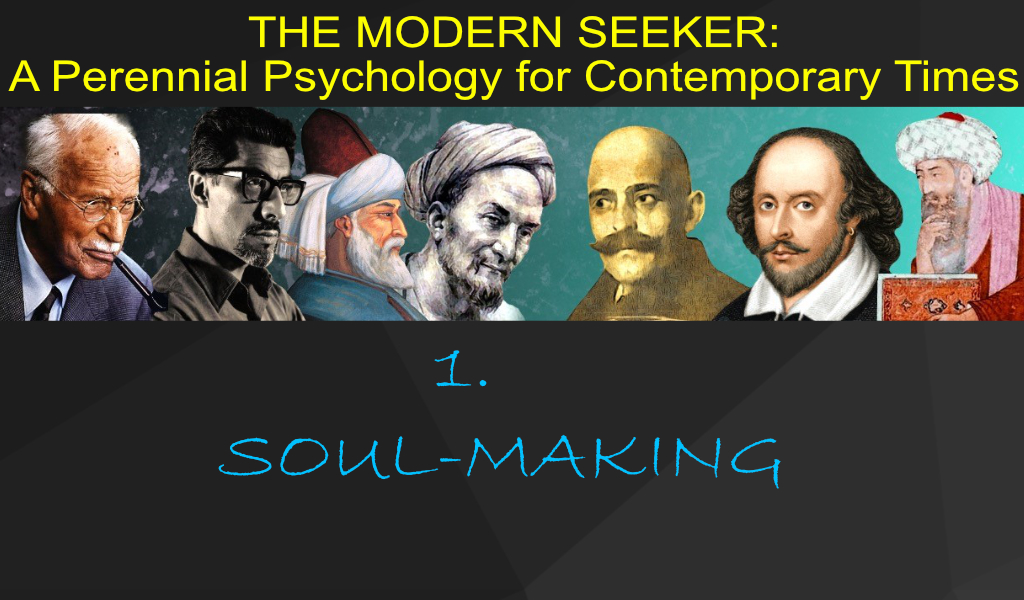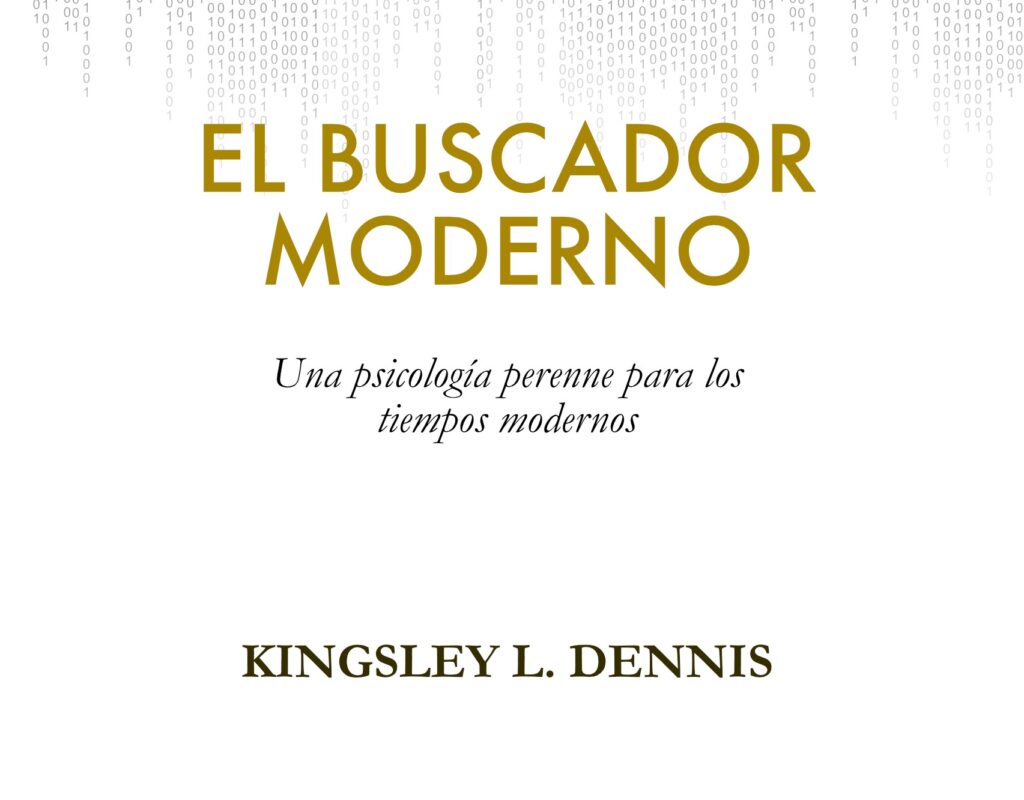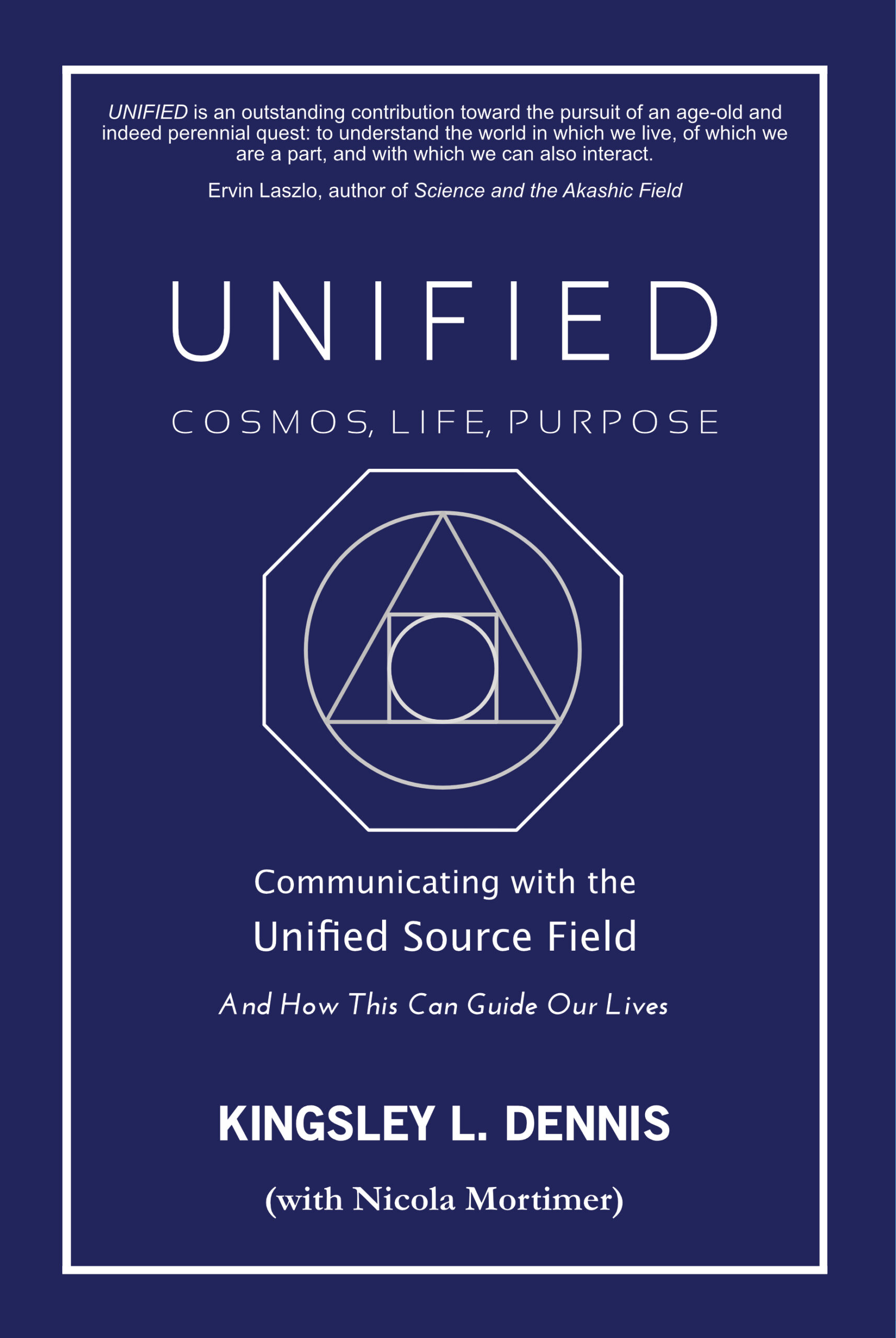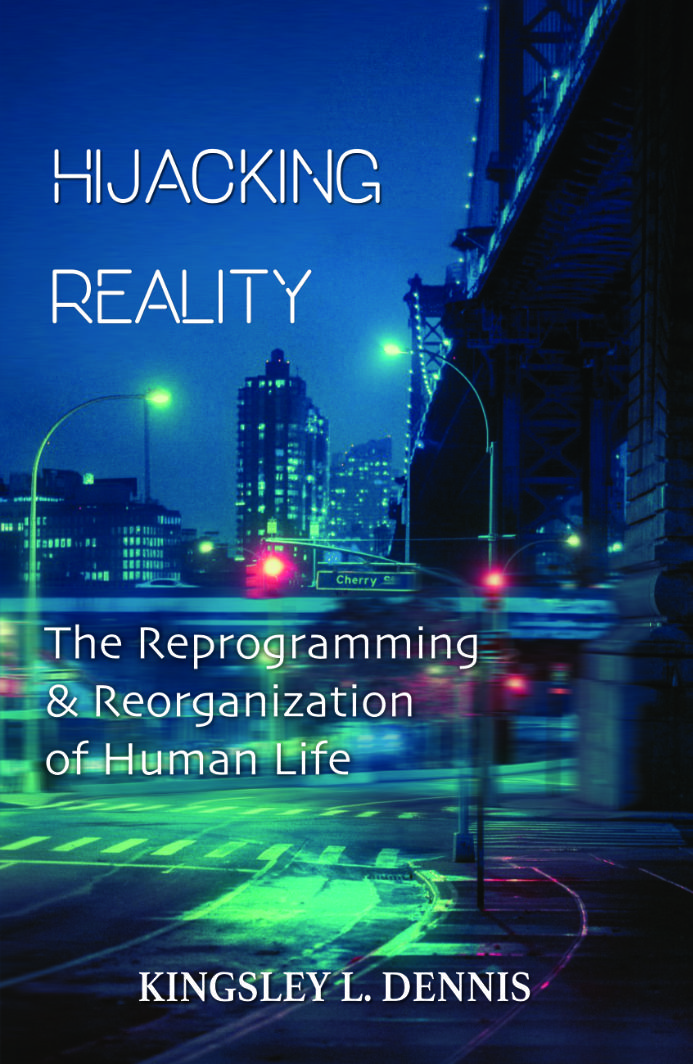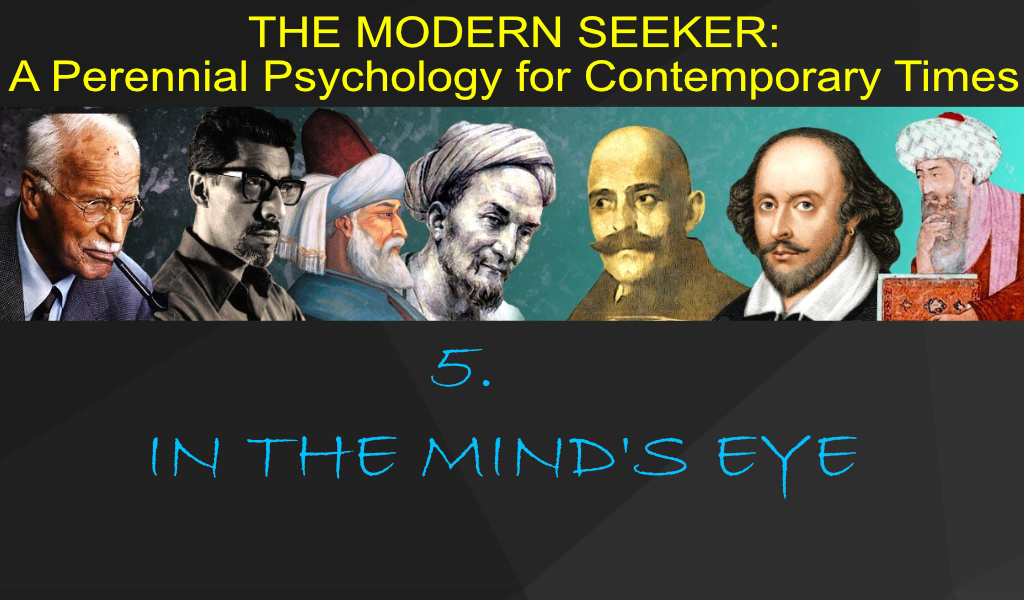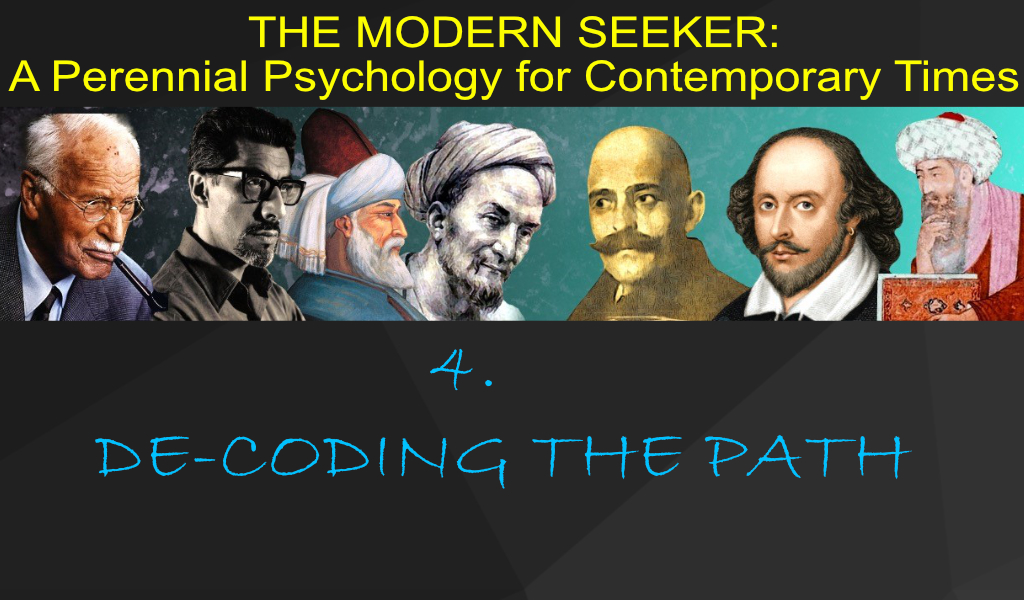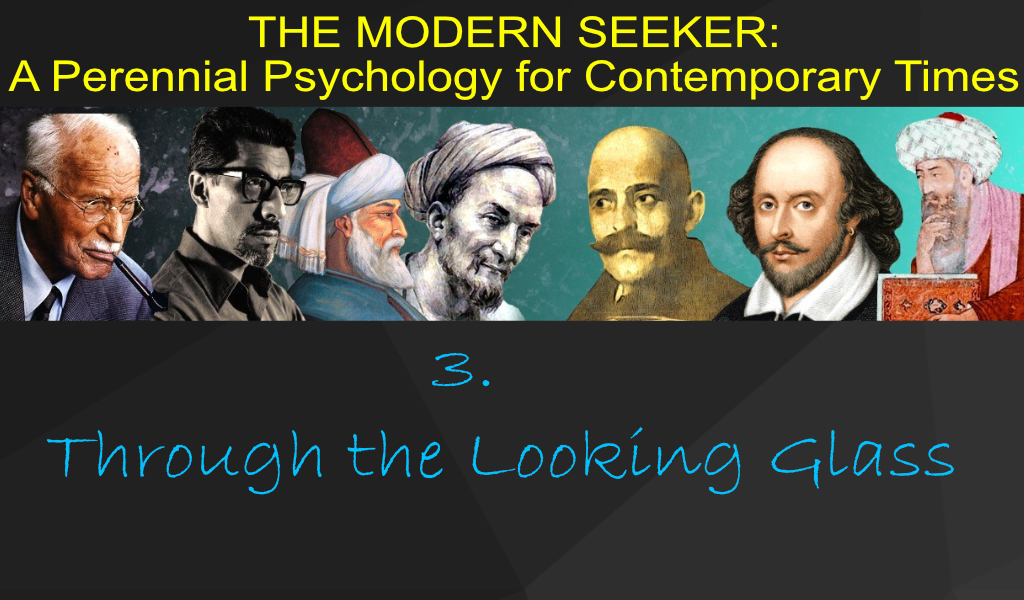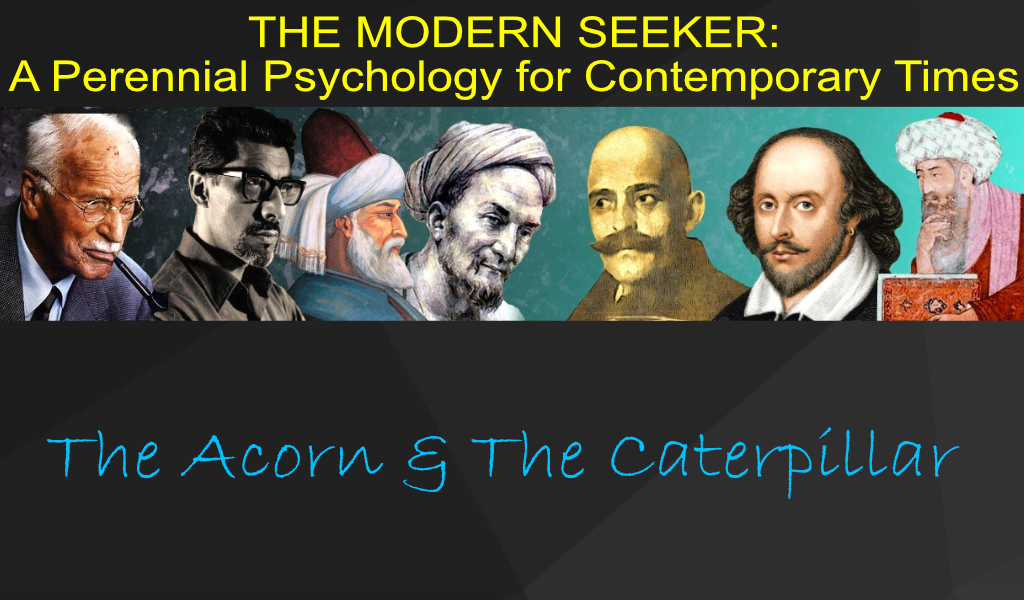To all of us falls one heritage – Wisdom. All of us inherit of it equally. But one man makes the best of his heritage, and another does not; one buries it, lets it die, and passes over it; another draws profit from it — one more, one less. According to how we invest, use, and administer our heritage, we obtain much or little from it; and yet it belongs to all of us, and it is in all of us.
Paracelsus
Throughout the ages various wisdom streams (teachings) have operated within humanity with the aim and intention of permanently raising the consciousness (cognition) of a person/group/community to a ‘higher’ – or finer – level of perception. When a permanent state has been achieved, the individual and/or group is able to operate within one of several realms which are perceived through this newly restored capacity. Temporary glimpses of these realms are what have fascinated humankind for eons, stretching as far back as when our human ancestors were cave dwellers. Such glimpses have also come through the long history of shamanism; as well as spiritual trances; religious rituals; and the inculcation of ecstatic states, etc. For as long as humanity has existed, it has been experiencing glimpses of other realms, and thereby attempting, through many and various means, to recapture these experiences. These are, and continue to be, the doorways into the multi-dimensional realms.
Less well known is the knowledge that the key to these multi-dimensional doorways lie within the very heart of ourselves. In the past these internal codes required specialist training and knowledge to access and to activate them. This is the history of some of the long trials and discipline of a spiritual/developmental path. Alternatively, they were accidentally and temporarily glimpsed through such events as a near-death experience, shock, or similar impact.
There can be a seemingly random contact achieved between ordinary life and the non-material realms. These contacts have sometimes been glimpsed – in a transitory manner – by the use of ‘artificial aids,’ such as by means of intoxication (biologically and/or chemically influenced). Many people have attempted to recapture these transitory experiences, incorrectly thinking or believing that it will lead to a permanent state. This activity, and this way of thinking, is more destructive than good. What this shows is a lack of perception on the part of the individual; an accumulation of incorrect information. This reveals itself by a person attempting to induce such transitory experiences when they clearly lack the knowledge of how to correctly learn from and utilize their experience. Without a correct developmental function, such experiences more than not serve to destabilize, or to confuse the person at best.
However, such glimpses into the other realms show us that the state of the Real is timeless. Jesus, in the apocryphal Gospel of Mary, is noted as saying ‘Be above time.’ That is, to be connected to a supratemporal state. At the same time, it is necessary to learn how to function correctly within the realm of current reality. And this is the crux: to function as harmonious, balanced, and constructive members of society whilst also perceiving and operating through an objective Reality. To be both within our times as well as within the timeless. This is the matter at hand that faces the modern seeker. The perennial psychology reflects this because although it operates within our times it is essentially timeless.
Many ancient tales, fables, allegories, etc, are representations of what we refer to as a ‘higher dimension’ operating within our own. As these interventions become more frequent and noticeable, we begin to question the current paradigm of reality. Eventually a stage is reached whereby such ‘anomalies’ are so prevalent that a person is compelled to re-evaluate and finally modify their consensus of reality. What we generally take to be reality is in fact a distortion, and only part of the ‘bigger picture.’ It can be said that humanity is now collectively at the stage whereby it needs to modify the consensus understanding of reality. This is now critical.
According to both Kabbalah and Jewish philosophy, it is the responsibility of humanity to ‘repair the world’ – to engage in the process of tikkun olam. The perennial psychology has worked with, and through, individuals in order to assist in ‘repairing the world’ by first elevating the perceptions of the few. It is important to stress here that the first task is to elevate the perceptions of those who are to take the responsibility for assisting to improve worldly conditions. Otherwise, mixed results are liable to occur. Needless to say, only a very few in each age have taken up the offer of wisdom. As it is said in Proverbs: ‘I have called, and ye refused; I have stretched out my hand, and no man regardeth’ (Prov. 1:20, 24). The doors of the sanctuary are ajar. They have always been open in every culture, in every epoch. As it is said,
The knowledge of God cannot be attained by seeking, but only those who seek it find it.
Bastami
The path of the primordial, perennial wisdom has always existed. From the earliest Oracles of the Mystery Traditions (Chaldean and Orphic) to the initiatory streams within the Abrahamic religions. The lineage was kept alive by certain schools or ‘impulses’ of wisdom – by Neoplatonic and Sufic streams operative in the Middle East, Europe and elsewhere; in Kabbalah through teachings of correspondences; the Hermetic sciences; the science of Alchemy; Gnostic elements in Christianity; as well as numerous known and unknown Orders, societies, and groups. The wisdom stream flows also through each civilization and culture according to its specific mode of transmission.
At a brief glance it is seen that Hermetic, Neoplatonic, and Gnostic works of literature were produced in the first three centuries A.D. during the height of Roman Empire. This was a time where globalization, urbanization, and multiculturalism were replacing older traditions and simpler faiths. Civilizations and cultures have their unique essences, often characterized in its monuments, institutions, and their ways of communicating ideas. For example, the Roman civilization had their public works, roads, aqueducts, amphitheatres, etc. They had institutions of law, order, military, administration. They transmitted ideas through literature and law and order. The Mediaeval Christian civilization had their great cathedral monuments, the ecclesiastical institution; and transmission of ideas through religion and ritual. In this age ideas were spread through astrology, alchemy and Kabbalah, as well as an interest in various occult practices.
Similarly, the European Renaissance emerged in Western cities at the same time when economic and cultural progress were taking over from a waning tide of medieval beliefs. The Renaissance culture had their universities as monuments, humanism as an institution, and transmitted ideas through art and literature. Whereas the arts today are seen largely in terms of entertainment, their original purpose was in civilizing humanity through the deliberate use of highly developed techniques and tools.
Europe experienced another stream of operations in the late nineteenth century as it entered a period of sustained urban and industrial growth. With the rise of scientism and secularism came a decline in organized religion. Around this time arrived a resurgence in occultism and esoteric societies alongside a modern-day theosophy, such as in Madame Blavatsky and ceremonial magic. The Western streams witnessed the figures of such 20th century esotericists as Rudolf Steiner, Alice Bailey, and G. I. Gurdjieff. This later merged with the rise of depth psychology (Carl Jung), and then with transcendental psychology in the second half of the century. These transmissions were also blighted by the rise of a modern western capitalist consumer culture that birthed the New Age movement, guruism, self-help, life coaching, and commercial self-development practices. However, the genuine perennial psychology has no central institution, no standard curriculum, and no permanent residence. As the Persian poet-mystic Rumi says:
‘I am not of the East, nor of the West;
Not of the land, not of the sea;
Neither of this world, nor of the next;
My place is placeless, my trace traceless.’
It is not a combination of different faiths but is a specific kind of inner knowledge that can be projected and seeded into a culture. It can also be transmitted to an individual who has undergone a certain amount of preparation (more on this later).
Ideas are seeded in different ways depending on the culture. It could be through religious ideas, philosophy, psychology, art, charity, law and order, and certain individuals who represent these streams. The ways and means all serve to develop culture, civilization, and ultimately humanity. It can be said that they work to ‘feed the soul’ of the culture. History is a vast tapestry in which each person, community, nation, and civilization has a role to play. Those people at a lower state of awareness are subject to the general sway of conditions and influences, be they good or bad.
At a general level of awareness there is no perceptible pattern to events. We neither see nor intuit any over-arching grand design. This is because we do not have access to objective reality or advanced cognition. Some people believe that there is no longer a perennial wisdom lineage and that the seeker must find their developmental path through their own solitary efforts. This belief is incorrect. Whilst individual efforts are necessary, at some point assistance – or an intervention – is required. The genuine seeker shall receive a response.
The perennial psychology belongs to all ages and all times. It is neither time-bound nor culture-restricted. It is a living stream of knowledge that adopts to the time, place, and people within which it operates. It has been, and continues to be, a guide that illumines the way home. In past epochs the perennial psychology – or wisdom tradition, as it was often referred to – was a body of knowledge that was the closely guarded property of initiates. Today, there is much knowledge freely available to us without fear of being executed for heresy! In present times it can be said that this knowledge exists as an open secret. It only appears invisible or closed because of one’s own blindness, or social conditionings. Whilst it has not always operated openly in society, its presence has existed through objects, buildings, groupings, events, etc, as well as written texts. Most often it functions in ways people are not aware of, and in ways not expected. Yet it has always been available, and often it has quite literally been right in front of our eyes. Currently, another stage of its operation has been arrived at. That is why this book has been written.
The wisdom stream is now visible in our western cultures in a way like never before. It’s texts and ideas have become a part of popular culture, unbeknown to most of us. Its signs can be found within both adult and children’s entertainment, disseminated through an array of channels. The diffusion today exists at an unprecedented level. It is now a part of our present cultural consciousness – only that we may not recognize this consciously. Modern science is also discovering a new understanding of how reality operates, similar to what has been known to the wisdom stream for millennia. As one example, recent quantum field theories describe manifest reality in terms of universal interconnectedness; this interpretation reflects the long-known wisdom of correspondence. The sciences are also now suggesting a reciprocity, or intercommunication, between the human being and the fundamental ‘reality field.’ Knowledge long held is now being known through other means and entering our modern understanding of the world.
The perennial psychology belongs to all times, as at its heart it is a science of the human being. As such, it sits comfortably within our contemporary times, and can relate to the new discoveries in science, cosmology, consciousness, and psychology. No part of human knowledge is outside the remit of a genuine path of perennial psychology. What it represents is an objective body of knowledge, and its transmission. It is not a religion, a cult, or a system of belief. Neither is it specifically a ‘spiritual’ path. It is an exact science that leads to the advancement of human cognition and perception that develops a higher understanding and knowledge. The transmission also corresponds to a capacity inherent within humanity – a level of development that would surprise most people.
The idea of human development is well-known and accepted in western societies largely because there is a strong emphasis upon the individual and on the individual’s relationship with their grasp of reality. Partly because of this, the Western wisdom traditions have emphasized the use of the imagination and psychological tools for developing and refining human perception.
It is often the case that a resurgence in such ideas as self-development often occur when there is a backlash or retreat away from orthodox belief systems. When cultural institutions are shown to be lacking and unable to offer any real nourishment, there is an openness to alternative paths. It should also be noted that previous wisdom traditions may no longer be functioning as active transmissions of the higher knowledge. Everything in this dense material reality succumbs to the same laws of decay and crystallization (i.e., loss of kinetic energy). It can be surmised that at present there is a concentrated effort to transmit the wisdom tradition in a scientific-psychological context for the 21st century. For this reason, I have chosen to refer to the ancient wisdom tradition as the perennial psychology.
The perennial psychology can be referred to as a path of gnosis. True gnosis (not the intellectual concept) is a cognitive insight that is perceived through direct experience. It can only be taught to a limited degree. After that, direct experience is essential. Gnosis is the act of objective understanding whilst diagnosis is the secondary act of rational examination. Modern societies have placed diagnosis as the principle form of attaining knowledge at the expense of the genuine insights of gnosis. True gnosis is an objective developmentary impulse that sustains our material world. This knowledge, and the people who operate according to it, are engaged in an evolutionary activity. This primordial wisdom evolves within people, and by engaging with it, people are aided in their personal evolution. The timing of certain activities along the perennial path follows a very clear pattern, which is beyond most people’s capacity to comprehend. Here is a short story to illustrate this:
‘Unjustly imprisoned, a tinsmith was allowed to receive a rug woven by his wife. He prostrated himself upon the rug day after day to say his prayers, and after some time he said to his jailers:
“I am poor and without hope, and you are wretchedly paid. But I am a tinsmith. Bring my tin and tools and I shall make small artifacts which you can sell in the market, and we will both benefit.”
The guards agreed to this, and presently the tinsmith and they were both making a profit, from which they bought food and comfort for themselves. Then, one day, when the guards went to the cell, the door was open, and he was gone.
Many years later, when this man’s innocence had been established, the man who had imprisoned him asked him how he had escaped, what magic he had used. He said:
“It is a matter of design, and design within design. My wife is a weaver. She found the man who had made the locks of the cell door, and got the design from him. This she wove into the carpet, at the spot where my head touched in prayer five times a day. I am a metal-worker, and this design looked to me like the inside of a lock. I designed the plan of the artifacts to obtain the materials to make the key – and I escaped.”’
It is possible, within the captivity of our contemporary lives, to escape the program of our conditioning.
In human culture and society there are people of destiny. These are the people who choose to develop their full capacity as human beings. First, such people are required to become what are called seekers. At a certain stage each seeker will need assistance from a teacher (one who has travelled the path before). Such teachers may or may not present themselves physically within a person’s lifetime. The function of the teacher is to prepare a seeker so that they are able to recognize their capacity. To begin with, the seeker must understand how much of their ordinary thinking is restricted by social conditioning. Until this point is reached, true understanding is impossible, and the seeker is only suitable for one or another of the more usual human organizations that operate along rigid social norms.
It has already been said that we have become disconnected from our Source. The perennial psychology reminds us of this, and the separation from our true home. As Rumi says:
-
Listen to this reed how it complains: it is telling a tale of separations.
-
Saying, “Ever since I was parted from the reed-bed, man and woman have moaned in (unison with) my lament.
-
I want a bosom torn by severance, that I may unfold (to such a one) the pain of love-desire.
-
Every one who is left far from his source wishes back the time when he was united with it.” 1
Similarly, Jesus is quoted as saying: ‘The foxes have their holes and the birds have nests, but the son of man has nowhere to rest his head’ (Matthew 8:20). The human being has no real home in this world. To begin the journey home will cost us all that we have.
The poet T.S. Eliot wrote that the price of love is ‘Costing not less than everything’ – this is also the price of truth. It is a price that cannot be wasted. Here is a story:
A wise Queen gazed out over her kingdom. She was content knowing that she had dedicated her life in service to her land and its people. The kingdom had grown into stability and harmony. Yet the Queen was concerned that perhaps some of the people had become complacent. She decided that she would announce a competition. She would give a bag of gold to the person who could demonstrate the most unusual thing.
Word soon spread over the kingdom and in the coming weeks people came from near and far to the Queen’s court in order to show off their ‘unusual thing.’ There were people who walked on hands or danced in the most strangest of ways. One person played like a flute through their fluttering fingers. Another sang like a nightingale whilst another warbled like a mockingbird. The Queen enjoyed the show, yet nothing came close to being the most unusual.
Finally, one day an old man entered the court and claimed that he could thread a needle from 30 meters. The Queen raised her eyebrows in disbelief. If the old man could surely achieve this, then it would indeed be the most unusual thing. Accordingly, the old man was allowed entry into one of the towers of the courtyard. Below a high window 30 meters up the old man positioned himself carefully. Down within the courtyard at the base of the tower stood a lady of the Queen’s court with a silver needle in her fingers. After a long time of waiting the old man eventually released his thread. Slowly it fell to the ground and, to everyone’s astonishment, it fell directly through the eye of the needle. The court was amazed and cheered the old man.
As soon as the old man had come down the tower the Queen presented him with his reward – a bag full of gold. ‘Tell me,’ said the Queen. ‘How did you achieve this most unusual feat?’
‘Highness,’ replied the old man somewhat proudly, ‘I have been practicing this all my life. I have climbed high trees for over fifty years and each day I practiced.
‘And your family? Your job?’ enquired the Queen.
The old man shook his head. ‘I was too busy practicing threading the needle to be concerned with such things. Yet finally I did it,’ said the man with a smile. ‘And now I am rich because of it.’
The Queen immediately grabbed the bag of gold away from the old man. ‘You were rewarded the bag of gold for your unusual feat. Now I am punishing you for having wasted your life.’
And the Queen had the old man sent away never to be seen again.
References
1 The Song of the Reed” (Masnavi, Book 1: Lines 1-34). Translation by Nicholson, 1926

